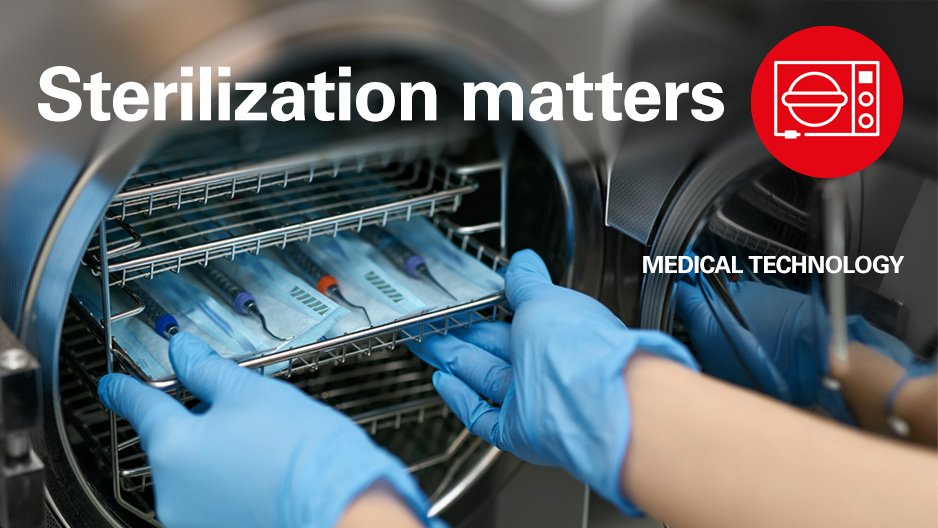“Saturated steam sterilization represents the first choice for medical devices resistant to high temperatures and pressure,” the WHO recommends. “Where possible and practicable, heat sterilization is the method of choice. In any case, the sterilization process must be in accordance with the marketing and manufacturing authorizations.”
For that reason, the correct sterilization method depends on the specific make-up of the materials being used – and those materials can vary. The Centers for Disease Control and Prevention (CDC) notes there are different materials in use in hospital settings.
“Since 1950, there has been an increase in medical devices and instruments made of materials (e.g., plastics) that require low-temperature sterilization,” the CDC notes.
But just the steam temperature isn’t the only consideration for sterilization. According to the CDC in an online report, “The delivery of sterile products for use in patient care depends not only on the effectiveness of the sterilization process but also on the unit design, decontamination, disassembling and packaging of the device, loading the sterilizer, monitoring, sterilant quality and quantity, and the appropriateness of the cycle for the load contents, and other aspects of device reprocessing.”
It’s also a critical factor at all locations in the hospital campus, from patient rooms to common areas to more intensive care parts of the facility. “Healthcare facilities should promote the same level of efficiency and safety in the preparation of supplies in other areas (e.g., operating room, respiratory therapy) as is practiced in central processing,” the CDC states.
***
Fischer Connectors’ sterilizable connectivity solutions:
- Fischer Core Series Brass, Stainless Steel and Plastic 405 are sterilizable
in autoclave,* Cidex®, EtO, gamma radiation, Steris® or Sterrad®.
- Fischer Core Series Disposable is sterilizable in EtO and gamma.
* Not only connectors (both metal and plastic) but also cable assemblies are autoclavable, helping lower total cost of ownership: they withstand 1,000 autoclave cycles.
